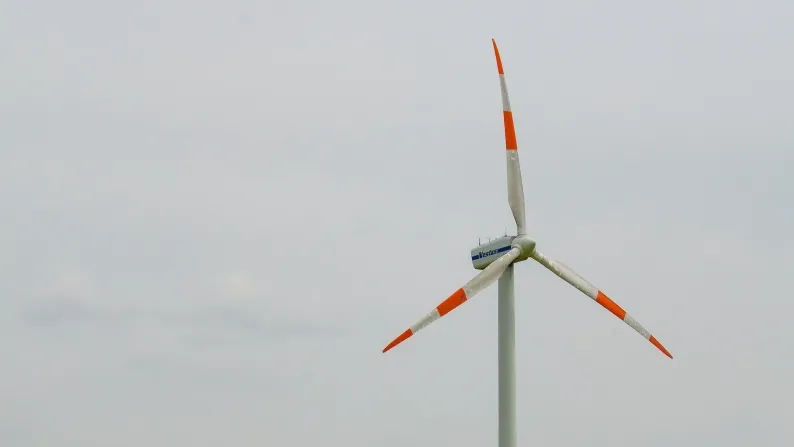
Low-carbon hydrogen growth requires policy backing
Growth of low-carbon hydrogen requires resources valued between $80b and $300b.
Global demand for low-carbon hydrogen is projected to rise gradually but will need the support of stable policies.
In a study by Cleantech Group, demand for low-carbon hydrogen has made up less than 1% of the overall hydrogen production in 2022. With the trajectory, demand is expected to grow by 150 metric tons (Mt) by 2030 and 520 Mt in 2050.
However, its steady performance will be contingent on the policy environment to establish a global low-carbon hydrogen economy by 2030, including an estimated plan that is valued between $80b to $300b.
Any policy change will have to start with a strong global strategy, wherein innovation can lessen the cost of low-carbon hydrogen production by 80%. Currently, several countries have implemented a $1-$3/kilogram goal that curbs the usage of fossil fuel equivalents.
ALSO READ: Adani Total Gas rolls out green hydrogen blending project
Next will target programmes with a far-reaching impact that can decarbonise industries, like heavy-duty trucking (6% of global CO2 emissions), steel production (9% of CO2), and aviation (2.4% of CO2). Then, during the policy implementation, funding has to be consistent to allow a cost-efficient production of low-carbon hydrogen.
Businesses can consider the available options for the production of various hydrogen types, Green hydrogen is the most popular segment with $954m, next to hydrogen pyrolysis with $300.1m.
“Green hydrogen production is energy-intensive and there is a need for additional renewable capability, new infrastructure, and a better supply chain. The industry will need to overcome technical midstream challenges and aggressively cut costs to become competitive,” Selene Law, Senior Associate Energy & Power of Cleantech Group, stated.



















 Advertise
Advertise






